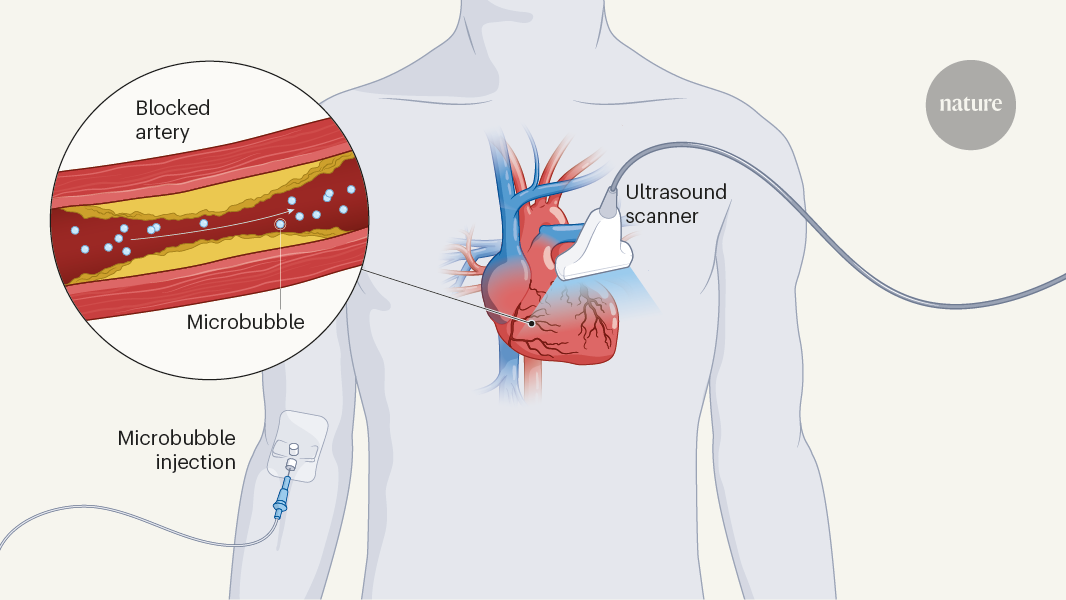Money orders are a paper-based form of payment that are considered safe alternatives to personal checks or cash, particularly when you’re sending money by mail. Places where you can buy money orders for a small fee include post offices, banks and grocery stores.
Keep in mind that not all money orders look the same, so instructions for filling them out might differ from one provider of money orders to another. Also, it’s worth noting that the provider of the money order fills in the date and dollar amount.
Steps to Fill Out a Money Order
- Write the name of the payee.
- Sign your name.
- Provide your address.
- Fill in the memo line.

(Nate Hellman)
1. Write the Name of the Payee
Where it says “Pay to the order of” (or something similar), fill in the name of the person, business or organization that’s receiving the money order. So, if you’re sending money to a man named Jeff Smith who’s selling you a piece of art, you’d print the name Jeff Smith on the “Pay to the order of” line.
Be sure to double-check the spelling of the payee’s name. You can’t make changes after a money order has been processed. If you make a mistake in filling out the payee’s name and don’t fix it, the recipient likely will run into trouble cashing the money order.
2. Sign Your Name
In the spot where you see the word “From,” “Purchaser,” “Remitter” or “Sender,” you’ll sign your name. The signature will appear on the front of the money order. A place on the back of the money order is reserved for the recipient to sign their name.
3. Provide Your Address
You’re typically required to write down your mailing address near your name. There might also be a place to write the payee’s address.
4. Fill in the Memo Line
Although it’s not mandatory, you might consider filling in the memo line. Here, you can put things like an account number, an order number or the purpose of the money order.
What to Do Before Filling Out a Money Order
Here are the steps to take before filling out a money order:
- Decide where to buy the money order. Among the options are a post office, financial institution, retail outlet, convenience store, pharmacy, check-cashing store or money transfer store (such as Western Union or MoneyGram). Be sure to check the fees before picking where to purchase the money order.
- Choose the amount of the money order. You’re generally limited to a certain dollar amount, which is normally about $1,000. This is the amount that’ll appear on the money order and that you’ll be paying to the recipient.
- Pay for the money order. You’ll need cash, a debit card or a credit card to cover the amount of the money order, plus any fees that you’re charged. Generally, the fee ranges from 65 cents to $5. By the way, the U.S. Postal Service doesn’t accept credit cards for purchases of money orders.
What to Do After Filling Out a Money Order
After you’ve filled out a money order, follow these steps:
- Keep the receipt. Tear the receipt off the money order, then store it in a safe spot. The receipt proves you bought the money order. In case any problems arise, you can present the receipt to the seller of the money order. The receipt also might contain a tracking number to help you find out when the recipient cashes or deposits the money order.
- Send the money order. You might choose to mail the money order to the payee or hand it to them in person. Hang on to any delivery information in case the payee doesn’t receive the money order.







More News
First Federal Bank Mortgage Review
OneTrust Home Loans Review
Tapping Home Equity to Pay Your Bills: What You Should Know